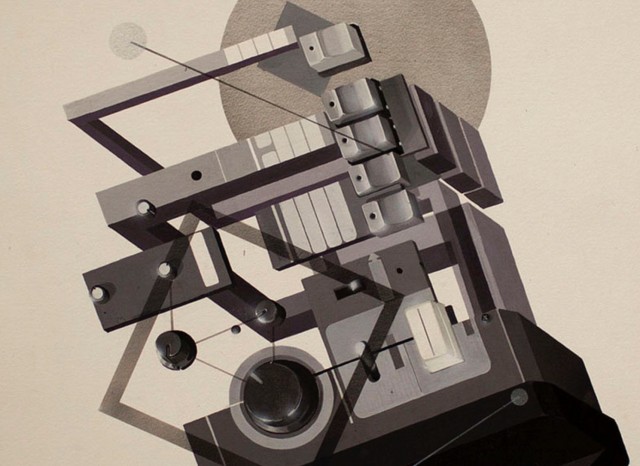Art from archetypes — so much of what we make is built from the pieces of something that came before. It’s doubly true both in electronic dance music and the machines built to make it. From techno to drum machine technology, a great deal of the future depends on whether we can reimagine the past.
The legacy of the Roland TR and TB series hangs heavy over those fields. Heck, they cast their shadow over even what I’m reading this week. I’ve unboxed a set of new Roland AIRAs for review that explode each component, modeling it all over again in digital algorithms. I heard artists Cassegrain drag a 909 to Boiler Room last night, and attempt to improvise, in front of a live Internet audience, new music from it, coaxing some fresh live from this monster beast of a machine. (Just how many times – given four to a bar – have you heard the bass drum alone? The clap?) There’s new Akai hardware that wants to tickle your memory of these machines, then make you cough money from your wallet to buy their box. There are new samples, new tracks, artists scratching their head at those familiar sounds in their basement.
You can vilify these machines; you can declare you’re board of them. But they loom behind you anyway, like religious icons hanging in a church, attracting veneration and faith.
So, how can they be futuristic?
I find then this investigation in a completely different medium – the visual – all the more interesting. Dating from 2011, it gets a beautiful write-up this week on the wonderful Dataisnature. The gouache works are the output of the mysterious Flickr user known only as O’ Really? (harvey human) (ian cognito). But let’s call him… her… it… them? … Ian.
Dataisnature has plenty to say about the series, even if you did see them before. They’re Constructivist, yes, but the blog describes the portraits as more, set in an “exosphere of frozen space-time fit for suspended micro gravitational idolatry.”
And it’s much more eloquent than I could be about the history of exploded drawings. Art criticism class in session:
Counter to the utilitarian aim prescribed by the standard exploded view in service manuals, where the innards of mechanisms are revealed to show the relationships between constituent parts, these works celebrate drum machines as space stations and astrionic systems. Aesthetic space merges with cosmic space in the navigation portal of the Cartesian continuum.
Roid’s Roland TR Series – The Drum Machine as Space Station
I also had no idea the practice of these views dates back to the 15th Century – impressive.
But whereas the sound might not, these images make me want to go back and reflect on the drum machine in some new perspective (literally), to imagine how their dusty components might be reorganized and rediscovered in some far-distant future. Imagine an 808 or 909 or 303 (or, hey, 727, people!) drifting off past the limits of our solar system and returning, repurposed and reconfigured into a new life form. Yes, you know – the plot from Star Trek: The Motion Picture, only for techno nerds. (Also, for German techno fans, way cooler in the German title translation Star Trek Der Film.) It’d fit perfectly with the apocalyptic beauty of Rødhåd, for instance, so some artists are already on this.
V’ger? I hardly knew her.
Ahem.
Yeah, look at those pictures. Back to the studio.
808
909
727 (dear Roland: please. AIRA download of this.)
700
303
202
